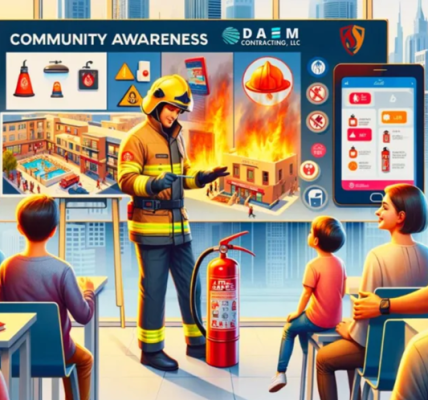Introduction
Maritime vessel salvage is an essential yet complex aspect of maritime operations, involving the recovery of vessels that have encountered accidents such as groundings, collisions, or foundering at sea. The profession combines elements of engineering, environmental science, and crisis management to handle situations that often involve high stakes for both economic and environmental concerns. This article explores the multifaceted world of maritime vessel salvage, detailing the strategies, challenges, and technological advancements that define this critical field.
The Essence of Maritime Vessel Salvage
Salvage operations begin the moment a distressed vessel is reported. The primary aim is to retrieve the vessel and its cargo, prevent further damage to the marine environment, and ensure the safety of any crew, wildlife, and surrounding areas. Salvage teams must assess the situation rapidly and decide the best course of action, which can range from refloating a grounded ship to managing the intricate dismantling of a wreck.
Strategic Approaches in Salvage Operations
The strategy for salvaging a vessel depends on various factors including the vessel’s location, the nature of the maritime incident, and the potential environmental risks involved. Typically, the process starts with a salvage master being appointed who leads the operation, often under the terms of a Lloyd’s Open Form, which provides a no-cure-no-pay agreement, encouraging salvors to act swiftly and effectively.
Coordination and Challenges in Salvage Missions
Effective coordination among various stakeholders is crucial. This includes the ship’s crew, local and national authorities, environmental agencies, and insurance firms. Each entity has a vested interest in the operation, from limiting financial liabilities to minimizing environmental damage.
The challenges in maritime vessel salvage are profound. Salvors often work under extreme pressure and in hazardous conditions. The unpredictable nature of the sea and weather can change the stakes in an instant, and every operation has its unique hurdles. Moreover, the increasing size of ships, especially container vessels and tankers, complicates salvage operations, requiring more sophisticated techniques and equipment.
Technological Advancements in Salvage Operations
Over the years, technology has become a cornerstone in enhancing the efficiency and effectiveness of salvage operations. Cutting-edge tools and machinery, including powerful cranes, floating heavy-lift drones, and remotely operated underwater vehicles, have revolutionized the way salvors approach their tasks. These technologies not only provide greater precision in executing complex salvage plans but also ensure safety by reducing the need for human divers in dangerous environments.
Environmental Considerations
The environmental aspect of salvage operations cannot be overstated. Salvors must take measures to prevent oil spills, chemical leaks, and other contaminations that could devastate marine ecosystems. This involves deploying containment booms, using eco-friendly dispersants, and sometimes, removing fuel and hazardous materials from the wreck before attempting to refloat or dismantle it.
The Human Element
Despite the emphasis on technology, human expertise remains at the heart of salvage operations. Salvage engineers and divers are highly trained professionals who bring their vast experience and personal judgment to solve complex problems in challenging conditions. The decisions made during a salvage operation can have lasting impacts on the marine environment, the local economy, and the global shipping industry.
Legal and Regulatory Framework
The legal landscape of maritime vessel salvage is guided by international conventions, including the International Convention on Salvage 1989, which emphasizes the importance of preventing environmental damage during salvage operations. Salvors must navigate these regulations carefully, balancing legal obligations with the practical aspects of maritime recovery.
Economic Impact
The economic implications of successful salvage operations are significant. Recovering a ship and its cargo can save shipowners and insurers billions of dollars, not to mention the prevention of environmental fines and cleanup costs. For salvors, the reward can be substantial, particularly under contracts that award a percentage of the salvaged value.
Looking Ahead
As the shipping industry continues to evolve with larger and more sophisticated vessels, the field of maritime vessel salvage also must adapt. Future trends may include more automation in salvage operations, greater integration of environmental monitoring systems, and continued international cooperation to improve response times and outcomes.
Conclusion
Maritime vessel salvage is an indispensable part of the maritime industry, providing a crucial service that ensures the safety of our seas and maintains the continuity of global commerce. It requires a delicate balance of technical skill, nerve, and ingenuity. As we continue to push the boundaries of what is possible in maritime technology and environmental conservation, the role of salvors will only grow in importance, safeguarding our waters for future generations.





